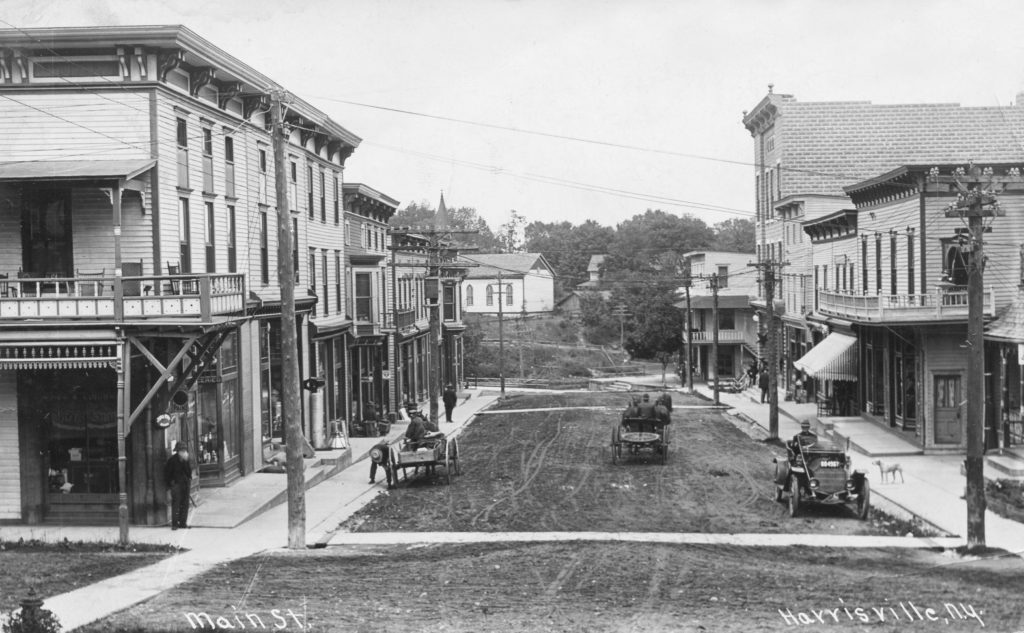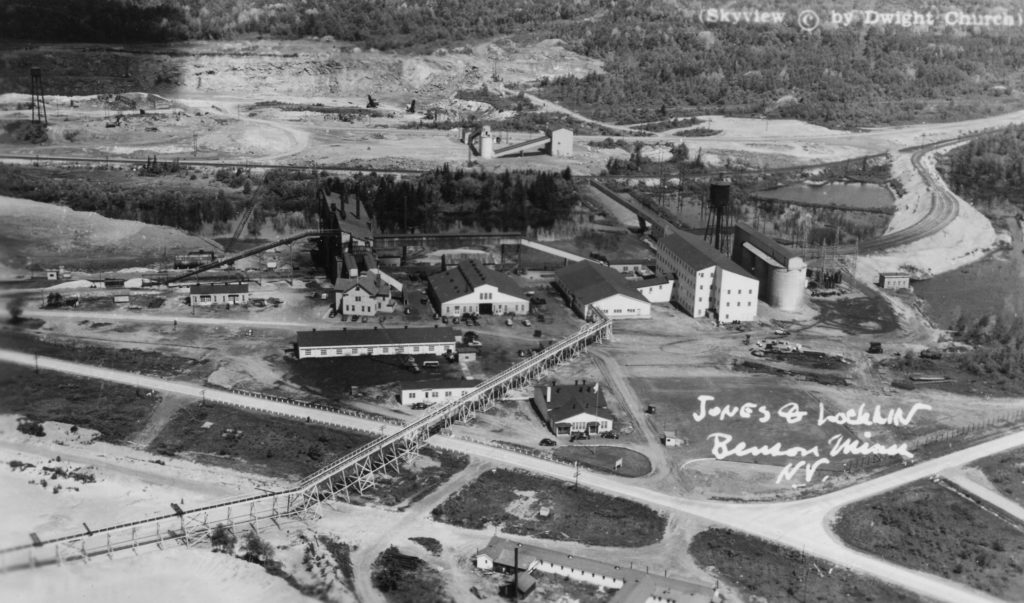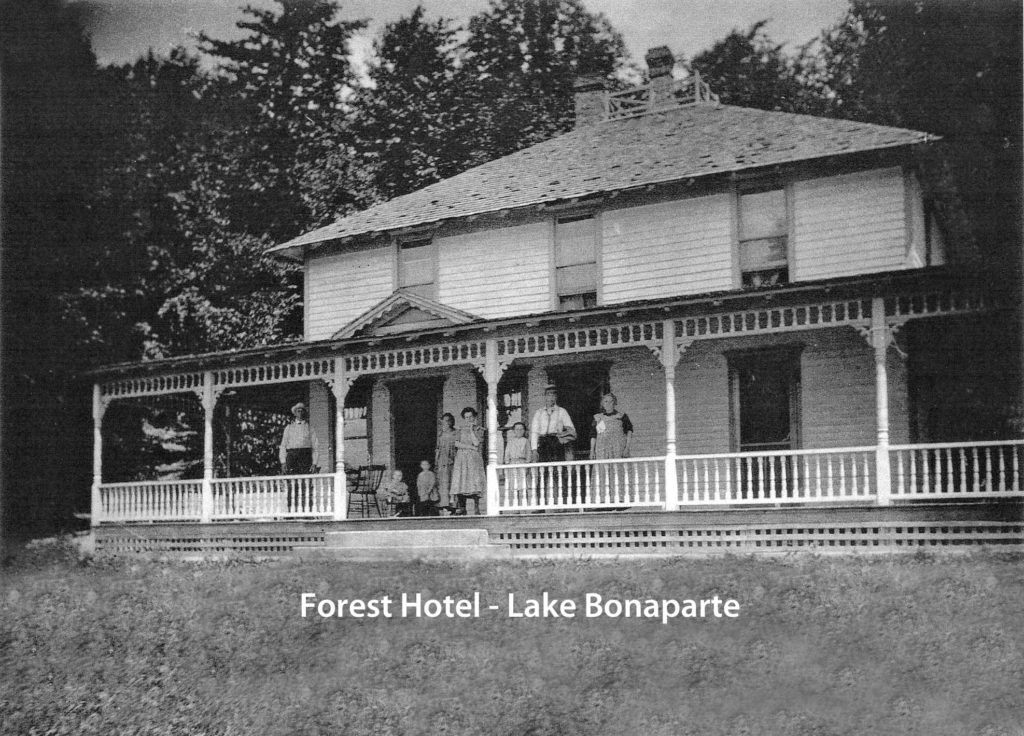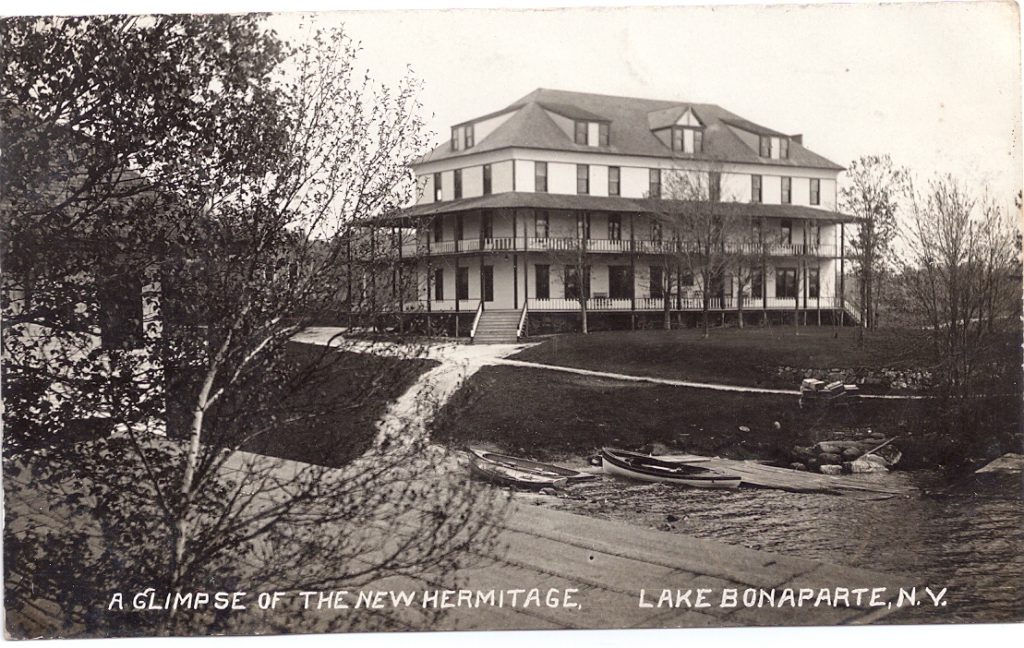The town of Diana was formed from the town of Watson in April 16, 1830 and was named in accord with the wishes of the “Comte de Survilliers” – Joseph Bonaparte, the former King of Spain and Malta. Bonaparte had long wanted the area named “Diana” in honor of the Roman goddess of the huntsman.
Diana lies in the northern part of Lewis County, bounded to the west by Jefferson County, to the north by St. Lawrence County, to the east by Herkimer County, and to the south by the town of Croghan.

There were two main communities within the township, Louisburg and Harrisville. In 1832, two French capitalists began the erection of a blast furnace along the Indian River, at a place they named Louisburg. The furnace was in operation in 1833, but soon ran out of money. In 1836, Joseph M. Morgan and David D. Reamer purchased the property and operated the furnace for another 10 years. When James Sterling bought the property in 1850, he changed the name of the community to Sterling Bush and operated the furnace until 1863. Soon after it was purchased by the estate of E. Buckley, a New York businessman. There were several iron blasts made, and then it closed for good in 1881. After this, the name was changed back to Louisburg. There were still many other industries near the main community, such as sawing and mining. In 1941, however, the US government purchased all of the land (which is now part of Fort Drum), forcing the evacuation of its residents, and today, all that is left of Louisburg is a cemetery and a few old ruins; it is just a memory.
The second community is Harrisville, which got its start in 1833, when Foskit Harris settled the area under the promise of 2 acres of land and a waterfall on the Oswegatchie River. He began the erection of a sawmill and a gristmill. In 1835, roads were opened, lands cleared and the community appeared to become a central point of business. It retained little else besides its name until Huguenot émigré Joseph Pahud erected a gristmill in 1857, a sawmill in 1858, a chair factory in 1859, and a tannery in 1859. After that, there were two stage lines daily; one to Gouverneur and the other to Carthage. There was also a tri-weekly stage to Fine and Edwards.

The Bush and Dodge Tannery was built in 1859. In the 1870 census, it employed 60 workers and its production totaled 54,000 sides of leather and used 4000 cords of logs left to rot. The tannery burned in 1877 and the property was sold to the Botchfords and operated until 1883. It was then taken over by Thomas E. Proctor and operated until June 28, 1902.
The Diana Paper Co. was built on this site around 1905; later it was sold to the St. Regis Paper Co. and operated until 1957. There is a power project where the dam was. Now one of the most important industries in the village is the Viking Cives Corp., which makes snowplows. There are still many establishments in the community, such as restaurants, grocery stores, quick stops, bed-and-breakfasts, and many other small businesses.
Bonaparte and Indian Lake are the two largest lakes in the town. Lake Bonaparte was named after Joseph Bonaparte, the former king of Spain, who first named it “Lake of Diana.” There were several large hotels, such as the New Hermitage, Forest Home, Lake and Blood, Lake and Wilcox, and later Bonaparte Hotel. They are all gone now, mostly destroyed by fire. Small stores were along the shore, such as Boyd’s and Priest. On May 20, 1923, “the Chapel of St. Mary and Rita of the Lake” was erected. This was the only church on the lake. It is now closed. There are still some establishments on the lake that support the popular activities of boating, ice fishing and camping.
At the outlet of the lake, Charles Favarger erected an iron furnace and it was in operation in 1848. He named it Alpina. This company failed and was sold to various persons, the most colorful of which was Zebulon H. Benson, who dressed like Napoleon Bonaparte with his hand in his coat. He married Caroline Charlotte Bonaparte, the daughter of Joseph Bonaparte and Annette Sauvage.
There was a large sawmill erected here in 1872, which was in operation for many years. The small village was deserted in 1939 and with the expansion of Pine Camp, the US government took it over in 1941. There were many sawmills in the town. One was Ingraham Mills at Diana Center between Route 3 and the Carthage & Adirondack Railroad track, built by William Ingraham. It supported a store and a post office. The settlement burned in 1894, was rebuilt and burned a few years later never to be rebuilt again.
The Harrisville Lumber Co., built around 1890, had many owners. It was operated by the International Paper Company in 1901. In 1912 it was owned by the Champlain Realty Company and was a sawmill and pulpwood mill at that time. It was on the Steam Mill Road at the Oswegatchie River. It featured a railroad siding and water chute to the main railroad tracks. All that is left are a few ruins in the river and foundations.

On May 11, 1934, the Civilian Conservation Corps established Camp Oswegatchie on the Erie Canal Road (now Route 812) about 4 miles from Harrisville, where they reforested many acres of wasteland, and built fire trails and picnic areas.
During World War II, the Camp was reopened in 1944 to serve as a base for German prisoners of war. The men were employed by the St. Regis Paper Co. to cut pulp wood. Each prisoner was required to cut three quarters of a cord of pulp a day, and was paid for his work. This is now part of the Frank E. Jadwin State Forest.
In 1869, the first railroad to Harrisville was being built from sawed hard maple rails to reduce the cost, but the rails soon proved a failure. In the spring of 1883, about 13 years after the first railroad, the Carthage and Adirondack railroad came into being. Steel rails were now being used and went as far as Jayville in 1886 and to Benson Mines in 1889.

There were two large depots, one at Harrisville built in 1887, the other at Natural Bridge on the Diana side. There were other stops along the railroad, such as Lake Bonaparte, which had a small shelter for passengers. The depot at Harrisville has been refurbished and is now the “Town of Diana Historical Museum.” There are numerous pictures and information there.
